A thin film of a topological magnet displays a large thermoelectric effect that doesn’t require an applied magnetic field—a behavior that could lead to new energy-harvesting devices.
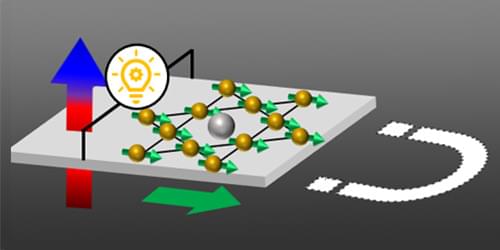

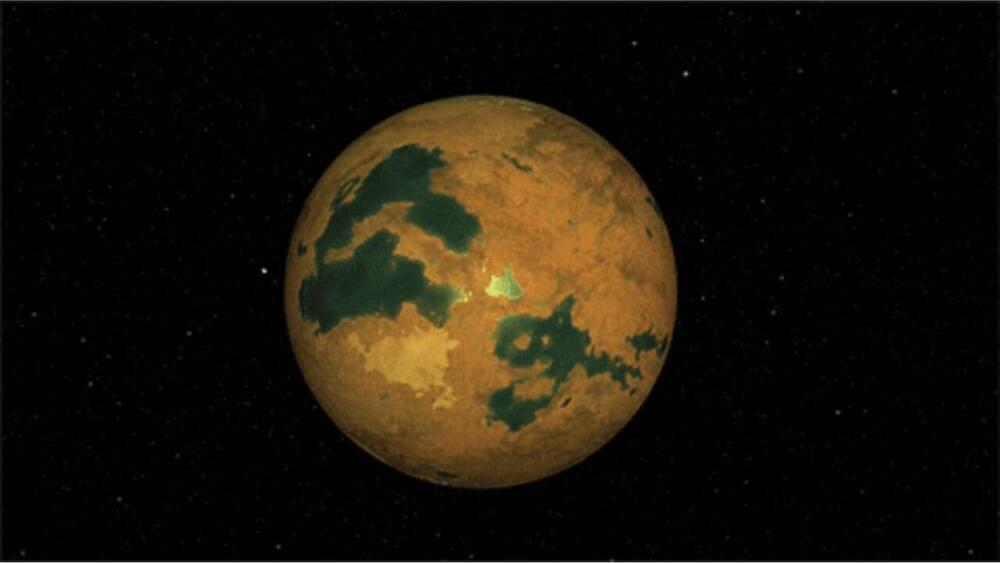
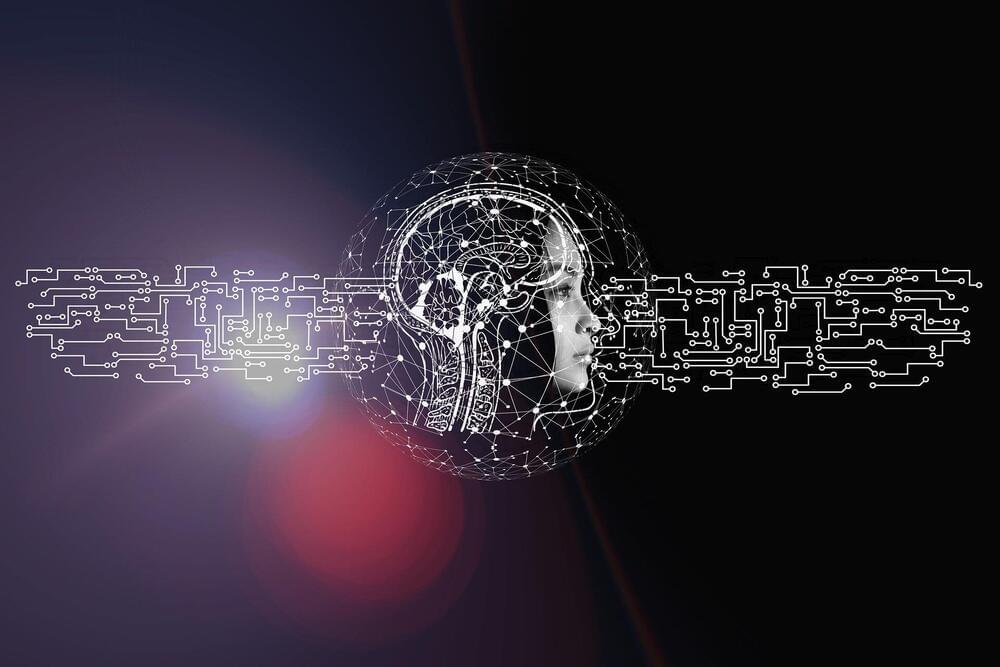
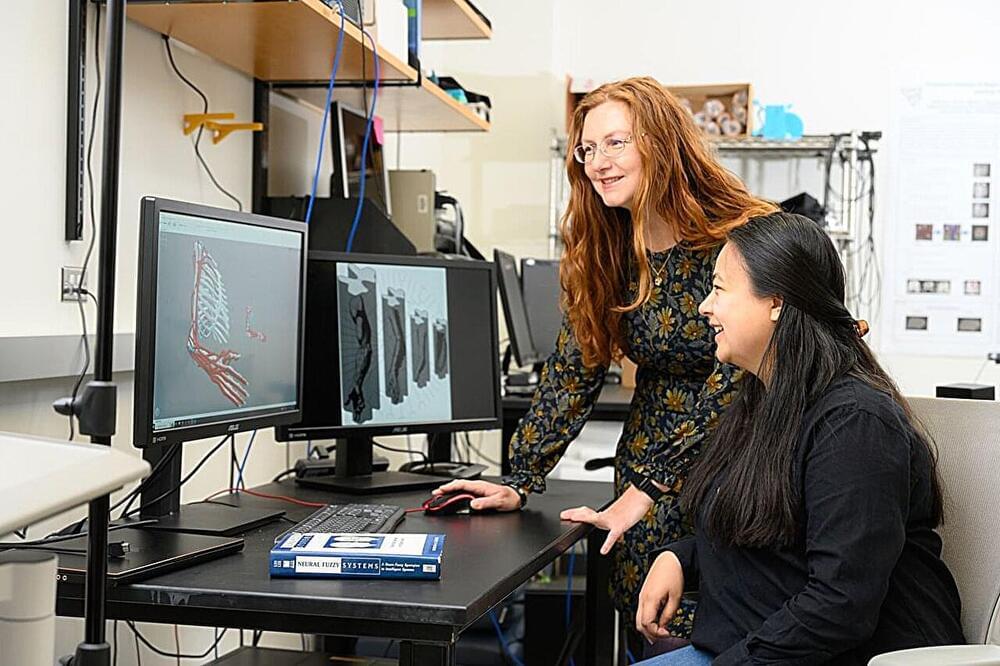
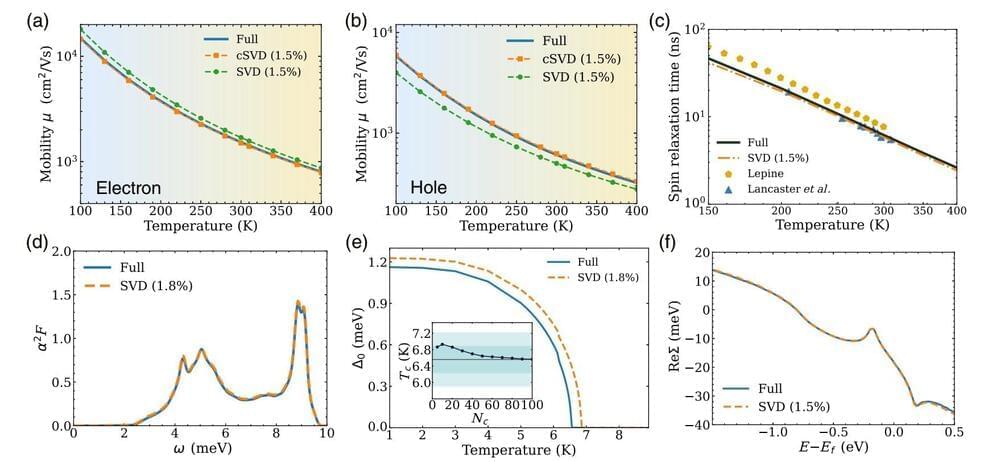
Materials scientists and engineers would like to know precisely how electrons interact and move in new materials and how the devices made with them will behave. Will the electrical current flow easily within the material? Is there a temperature at which the material will become superconducting, enabling current to flow without a power source? How long will the quantum state of an electron spin be preserved in new electronic and quantum devices?
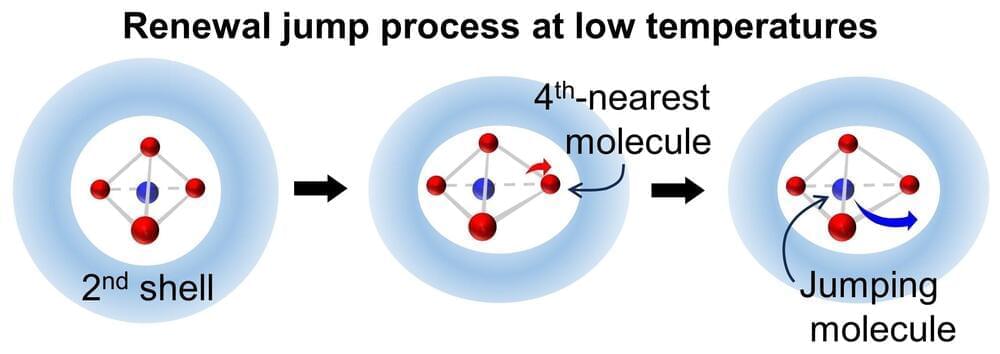
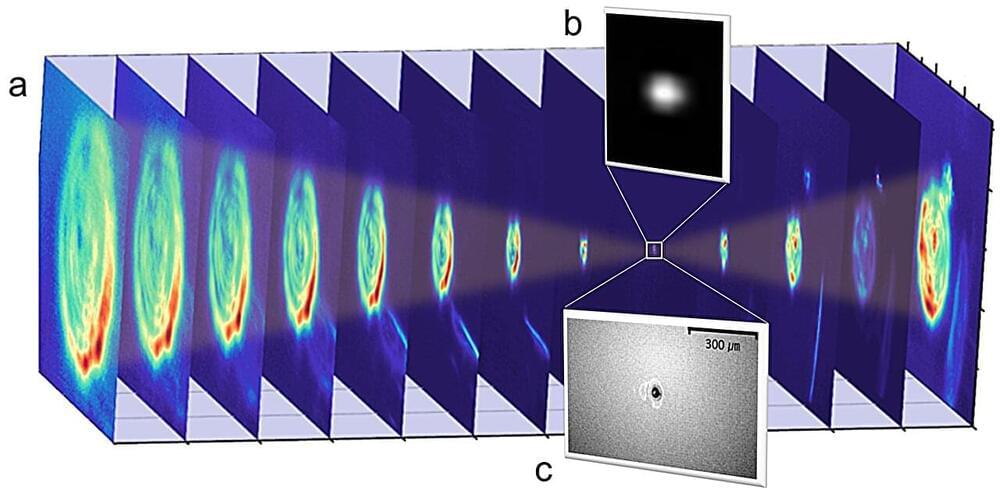
Lying between the microwave and infrared regions of the electromagnetic spectrum, the terahertz (1 THz = 10¹² Hz) gap is being rapidly closed by development of new terahertz sources and detectors, with promising applications in spectroscopy, imaging, sensing, and communication.
These applications greatly benefit from terahertz sources delivering high-energy or high-average-power radiation. On the other hand, high-intensity or strong-field terahertz sources are essential to observe or exploit novel nonlinear terahertz-matter interactions, where the electric and/or magnetic field strengths play a key role.
The team of scientists, led by Dr. Chul Kang from Advanced Photonics Research Institute, Gwangju Institute of Science and Technology (GIST), Korea, and Professor Ki-Yong Kim from Institute for Research in Electronics and Applied Physics, University of Maryland, College Park, Maryland, U.S., has created the world’s strongest terahertz fields of 260 megavolts per centimeter (MV/cm) or equivalent peak intensity of 9 × 10¹³ watts per square centimeter (W/cm²).

An analysis of 15 years of national data on suicides and homicides shows that nocturnal wakefulness is associated with death by both suicide and homicide, possibly driven by deficits in behavioral and emotional regulation.
Risks for death by suicide and homicide peak at night, with nocturnal wakefulness, age, alcohol use, and relationship conflicts being especially prevalent as contributing factors. This is according to a new analysis by researchers in the Department of Psychiatry at the University of Arizona College of Medicine – Tucson.
A study shows our brains use basic sound rates and patterns to distinguish music from speech, offering insights to enhance therapies for speech impairments like aphasia.
Music and speech are among the most frequent types of sounds we hear. But how do we identify what we think are differences between the two?
An international team of researchers mapped out this process through a series of experiments—yielding insights that offer a potential means to optimize therapeutic programs that use music to regain the ability to speak in addressing aphasia. This language disorder afflicts more than 1 in 300 Americans each year, including Wendy Williams and Bruce Willis.
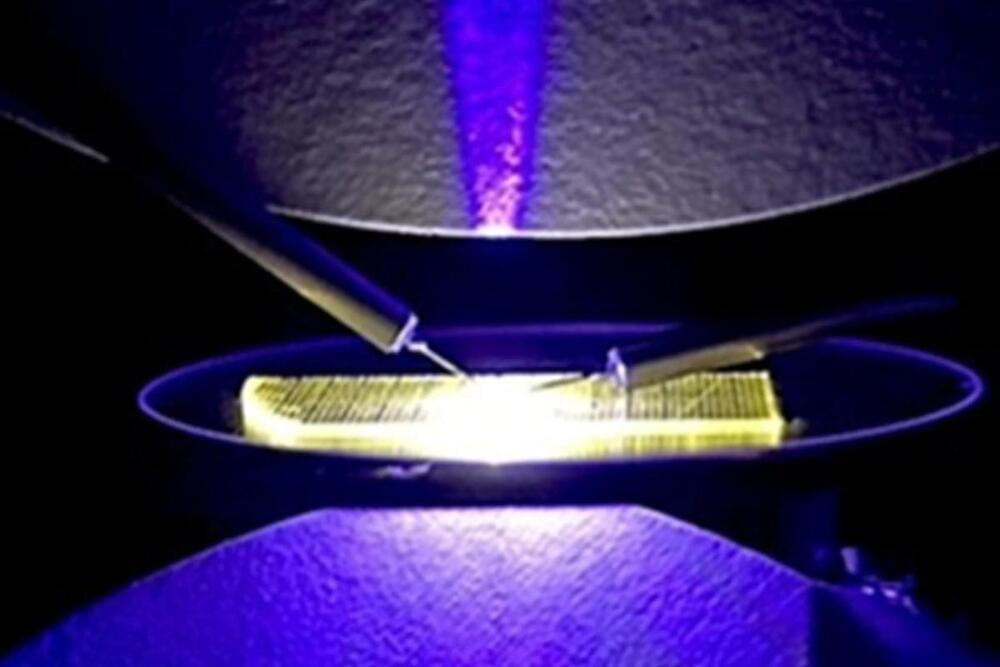
The gallium nitride purple surface-emitting laser with a power conversion efficiency of more than 20%. Credit: Tetsuya Takeuchi / Meijo University.
Gallium nitride (GaN) vertical-cavity surface-emitting lasers (VCSELs) are semiconductor laser diodes with promising applications in various fields, including adaptive headlights, retinal scanning displays, point-of-care testing systems, and high-speed visible light communication systems. Their high efficiency and low manufacturing costs make them especially appealing for these applications.
GaN-VCSELs are composed of two layers of special semiconductor mirrors, called distributed Bragg reflectors (DBRs), separated by active GaN-semiconductor layers, which form the optical resonant cavity, where laser light is generated. The length of this resonant cavity is crucial for controlling the target laser wavelength, called the resonance wavelength.